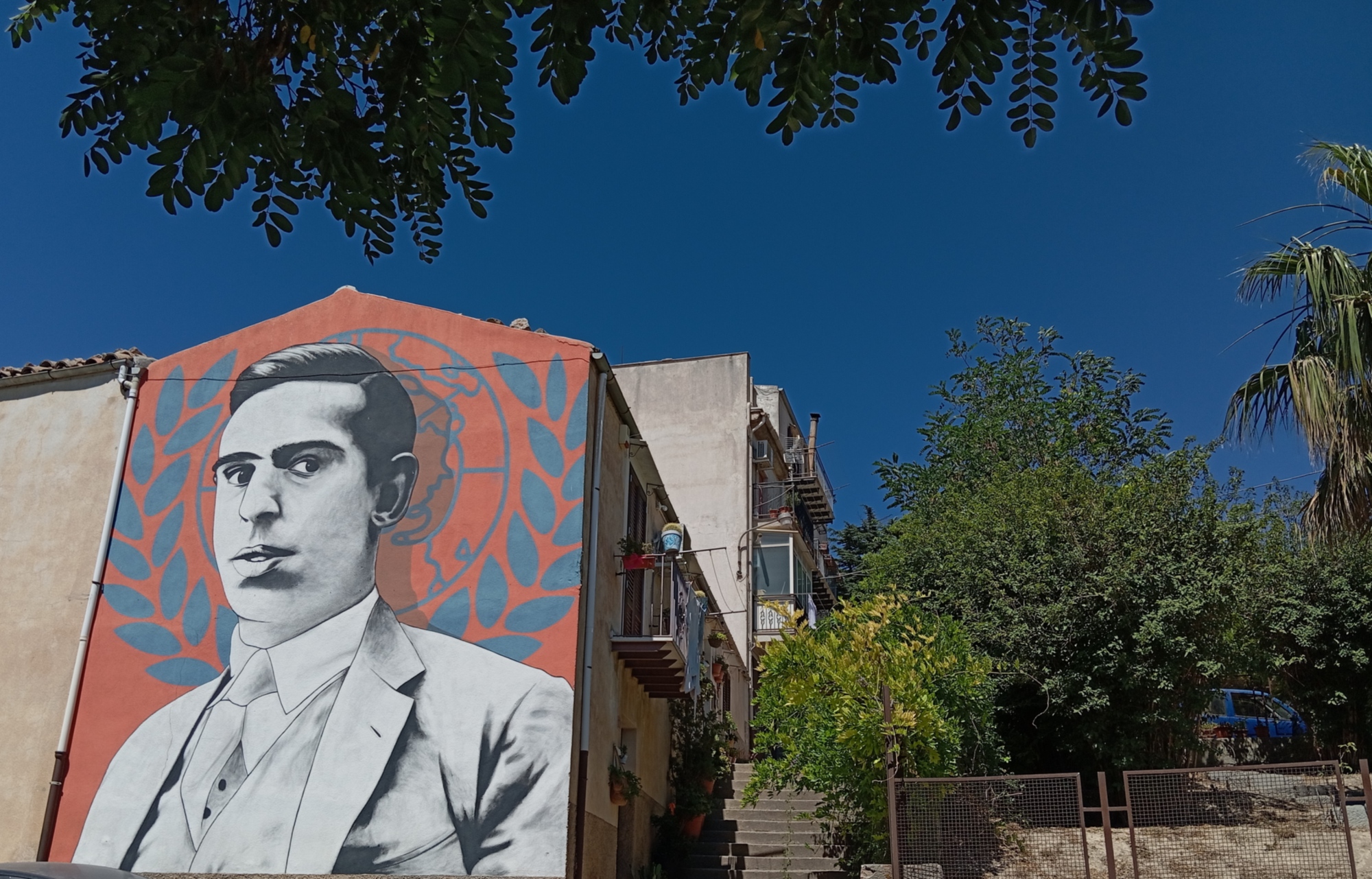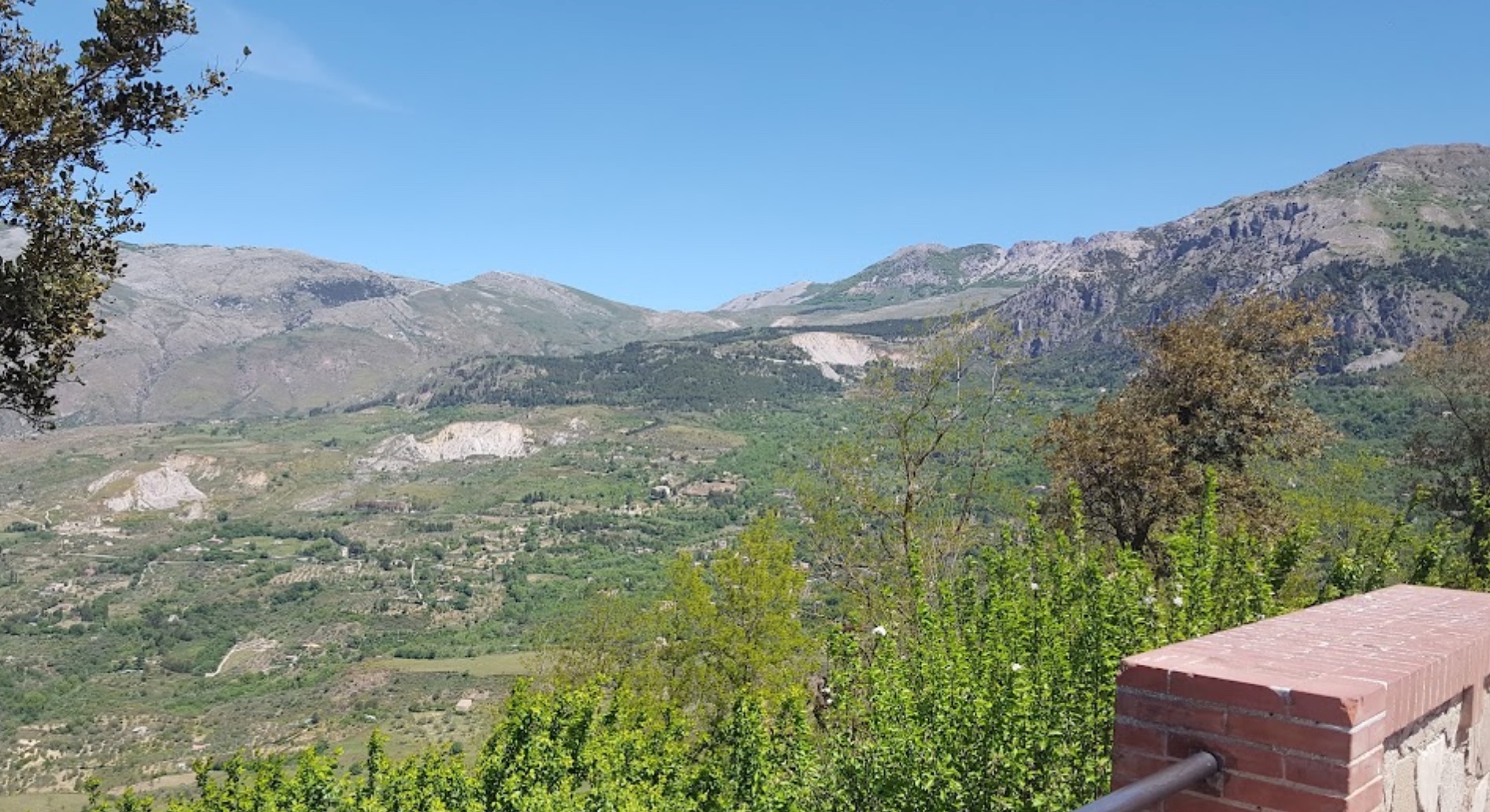Polizzi Generosa: village of art
In this village of rare beauty, history and art come together in a thousand-year embrace.
Surrounded by lush nature, it holds priceless treasures, witnesses to the meetings of different cultures.
From Norman ruins to Baroque churches, from hidden frescoes to noble palaces, every stone in Polizzi Generosa tells a fascinating story, in a true journey through time that casts a spell on every visitor.
Polizzi is a little ancient jewel.
One of those villages in which time has stopped at a happy time, in which the alleys tell stories of the past, one would not be surprised to see knights gathered in the ancient commandery, monks leaving the abbeys at dawn for the long round of alms-giving in the neighbouring villages.
Polizzi was dubbed "La Generosa" by Frederick II, who gave it this moniker in 1234, as a state-owned town.
Read MoreThanks to this status, all the religious orders had a presence there. In turn, they built a total of more than 50 churches (today slightly more than 20) housing countless valuable works of art that make Polizzi a veritable treasure chest.
Here, different religions and cultures lived peacefully together and today's visitor can now visit and admire fascinating and picturesque neighbourhoods (Jewish, Byzantine, Arab and Norman).
And while it is unquestionably one of the most beautiful villages in Sicily, it can rival any in Italy. Its particular charm comes from its position on a towering cliff in the southern Madonie mountains, dominating the upper Imera valley. Diodorus Siculus refers to the village as "the Sicilian Athens", while Amari, in 1880, identifies it in the City of the King (Basileopolis) in Byzantine and Arab documents.
Be that as it may, Polizzi has very ancient origins, and not only because Punic and Hellenistic artefacts tell us so - scholars date them to the 4th-3rd century BC - but also because of the shape of the settlement, which seems to embrace the cliff.
It was a pioneer in every way: the first public school was opened here in 1428, the first aqueduct for free water distribution was built in 1476, and the Jesuits inaugurated a 'first letters' school in 1572.
Polizzi blossomed between the end of the 15th century and the beginning of the 16th century when - as a state-owned town, and the main junction of the Grain Route to the famous 'loaders' at Termini and Licata - it was enriched with works of art of immense value.
Commissions from noble families and abbeys did the rest: among the villages of the Madonie, Polizzi is certainly one of the richest culturally and artistically.
But the plague of 1575 decimated the population, which had barely recovered before the village emptied and many families emigrated in the late 19th century.
Until the Unification of Italy, when religious orders were suppressed, there were 32 churches, 19 convents and monasteries, and nine health institutions in Polizzi.
It was the first village to have electric lighting in 1901, when big cities were still lit by gas lamps.
No itinerary in Polizzi is complete without a visit to the Norman Chiesa Madre (or mother church) of Santa Maria Assunta, with numerous works of art, including the silver urn containing the remains of San Gandolfo; the Church of the Madonna delle Grazie, or Badia Nuova, founded in 1499 following the dispute between two noble Polizzan families, the La Mattina and Signorino, over the succession of the abbess of the Badia Vecchia (which was the church of the cloistered convent of the Benedictine nuns who, among other things, in the 16th century created the famous 'sfoglio', the village's iconic cake).
The Chiesa Madre also houses the famous 15th-century Flemish Triptych by Rogier Van der Weyden.
There are several churches in Polizzi, some small and little-known, open only on rare occasions, others more imposing, but the great attraction is the Chiesa della Commenda, now a ruin: it was the last seat of the Knights Hospitaller, who were responsible for protecting pilgrims in the Holy Land.
Noble residences include Palazzo Gagliardo and Palazzo Carpinello, as well as the former Jesuit convent (now housing the town hall and archaeological museum) and the MAM, the Madonite Environmental Museum.
And the brand-new Municipal Auditorium opened its doors just recently, the first step towards a Music Park, and events consisting of concerts and musical initiatives.



